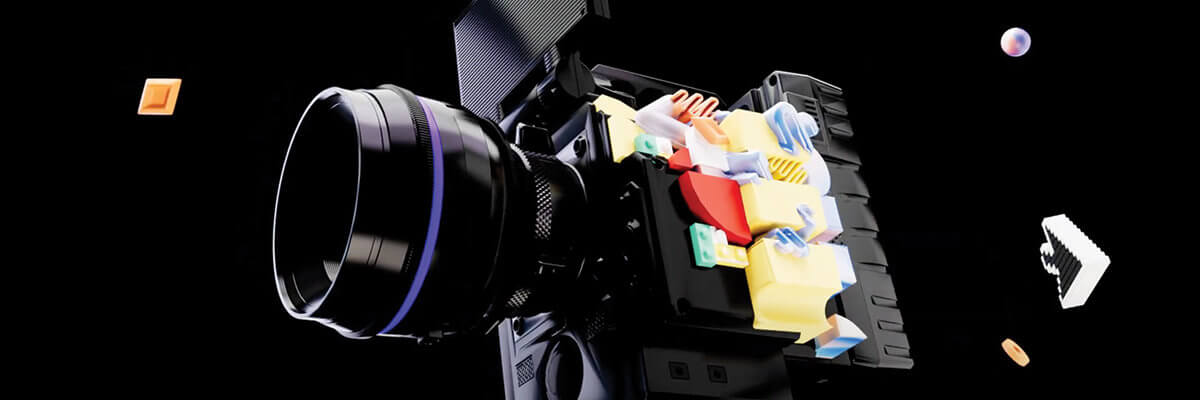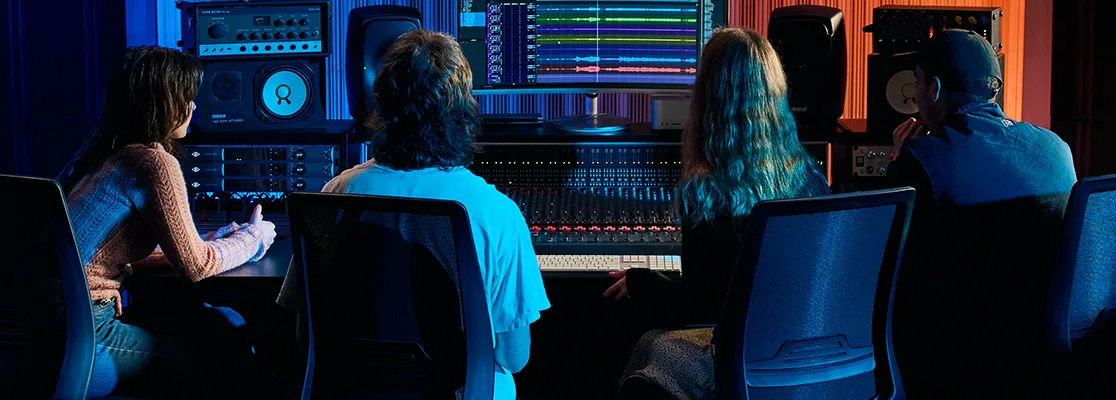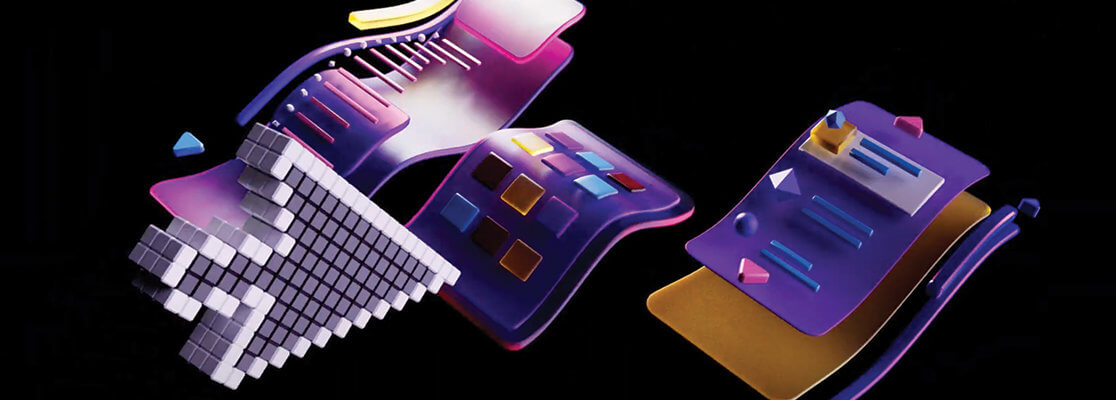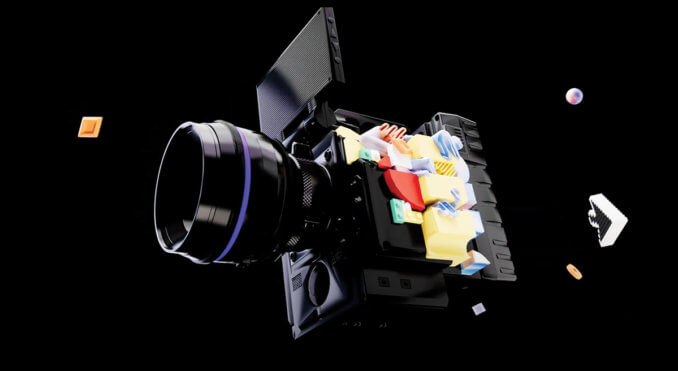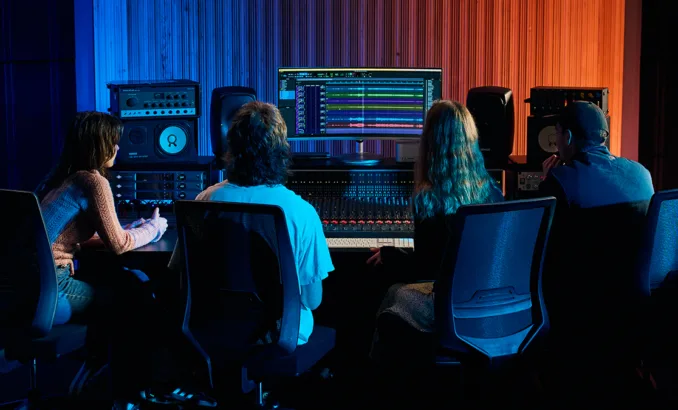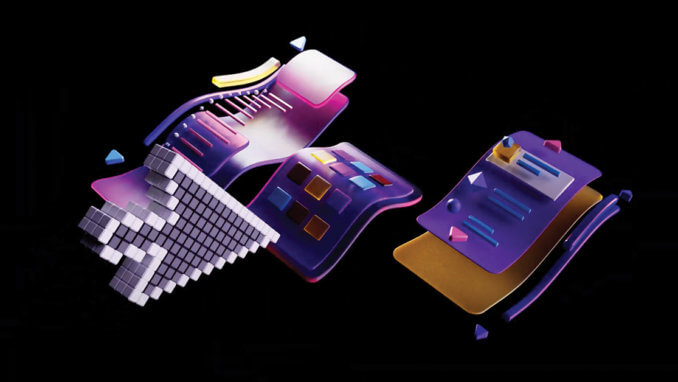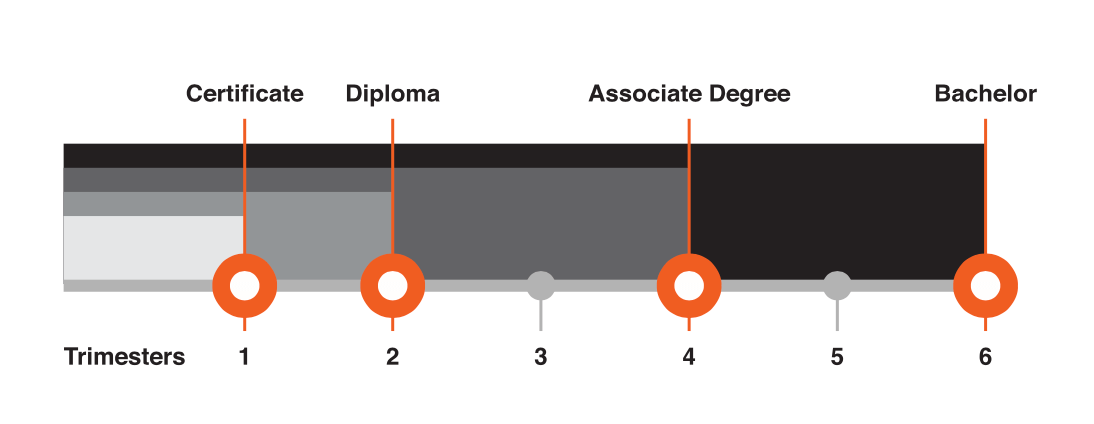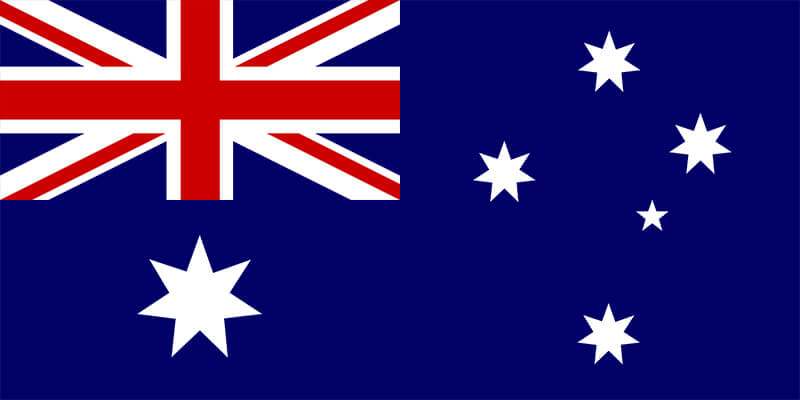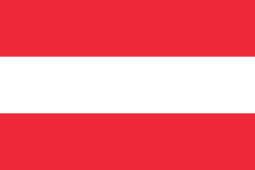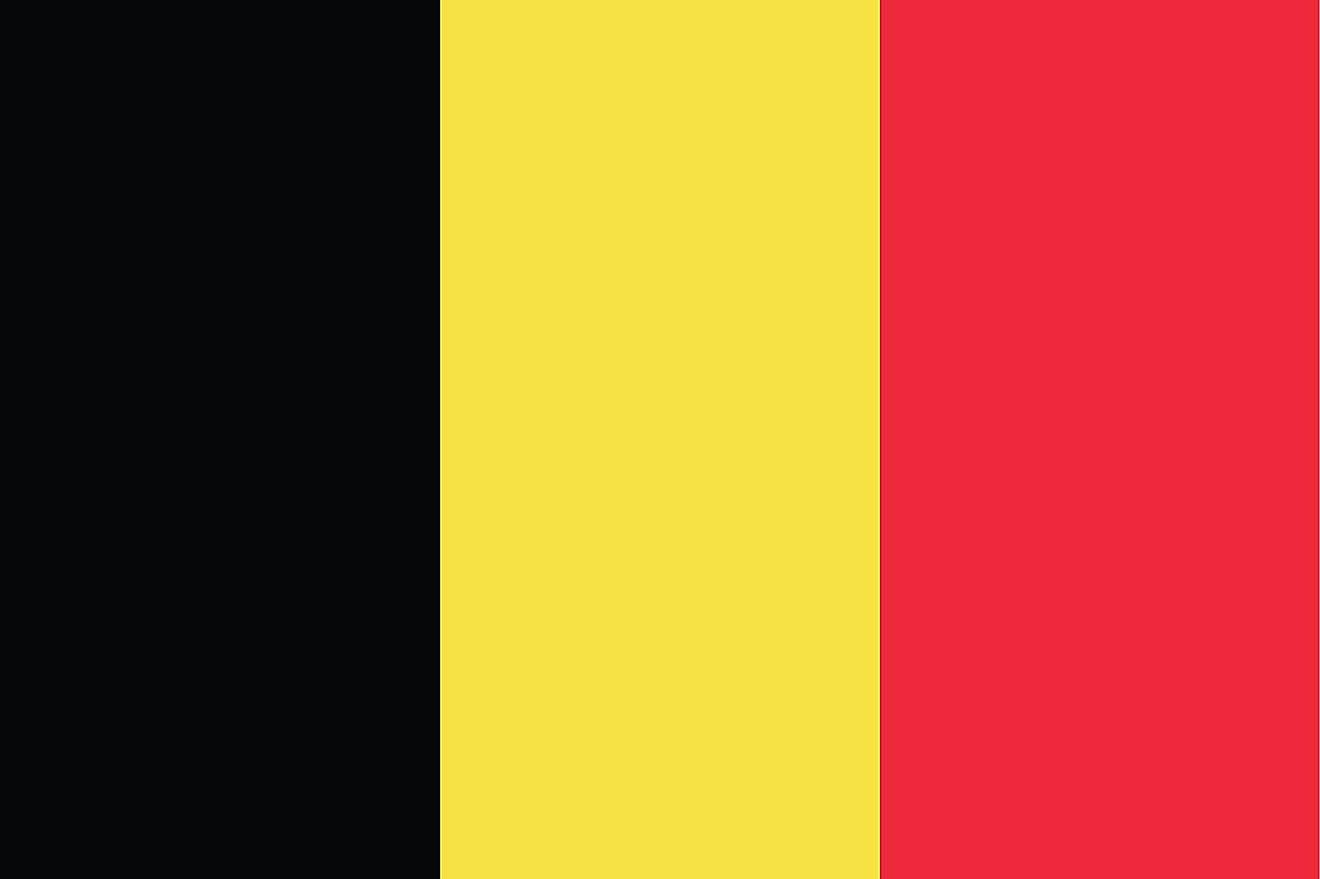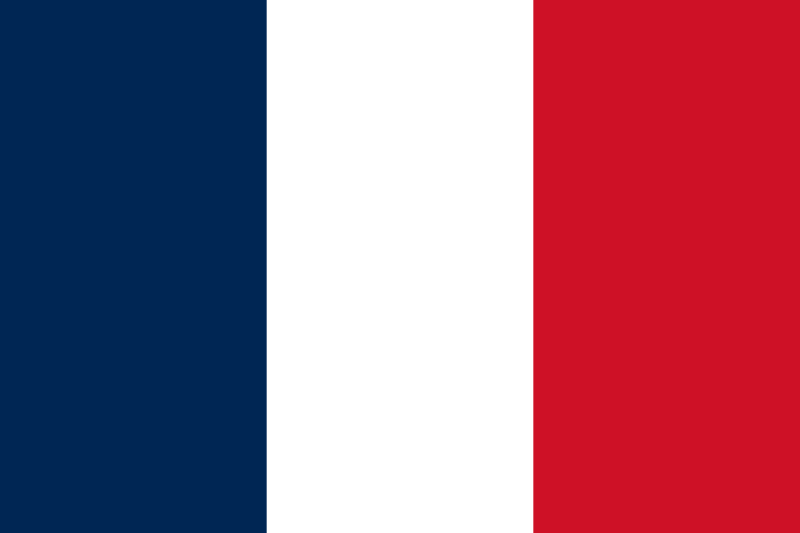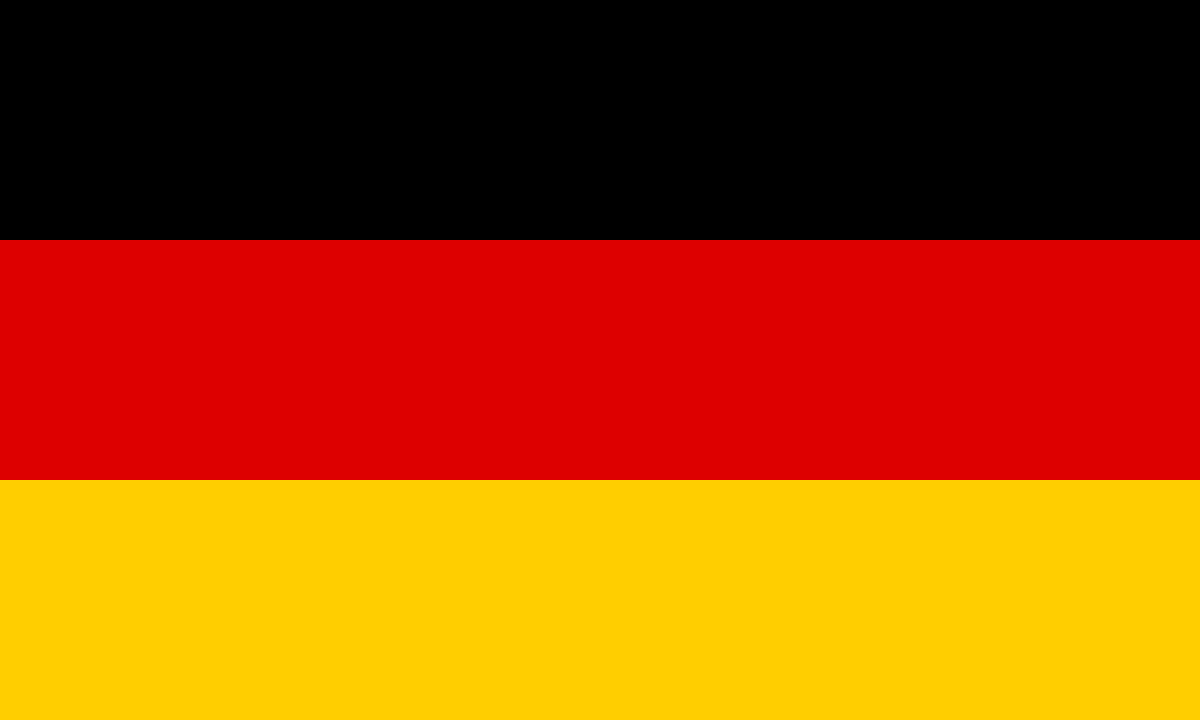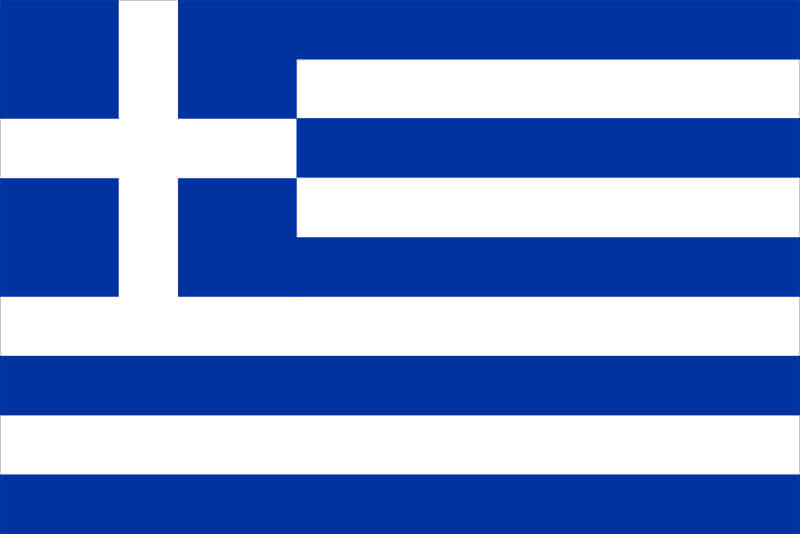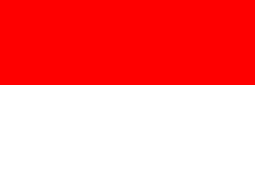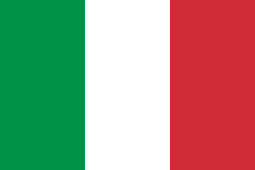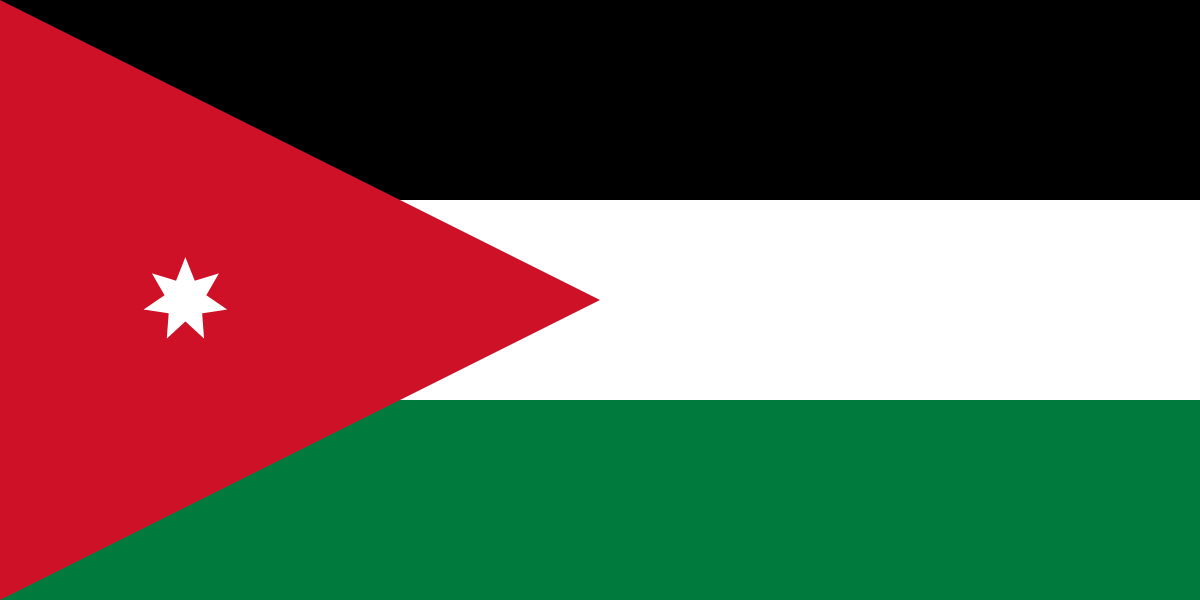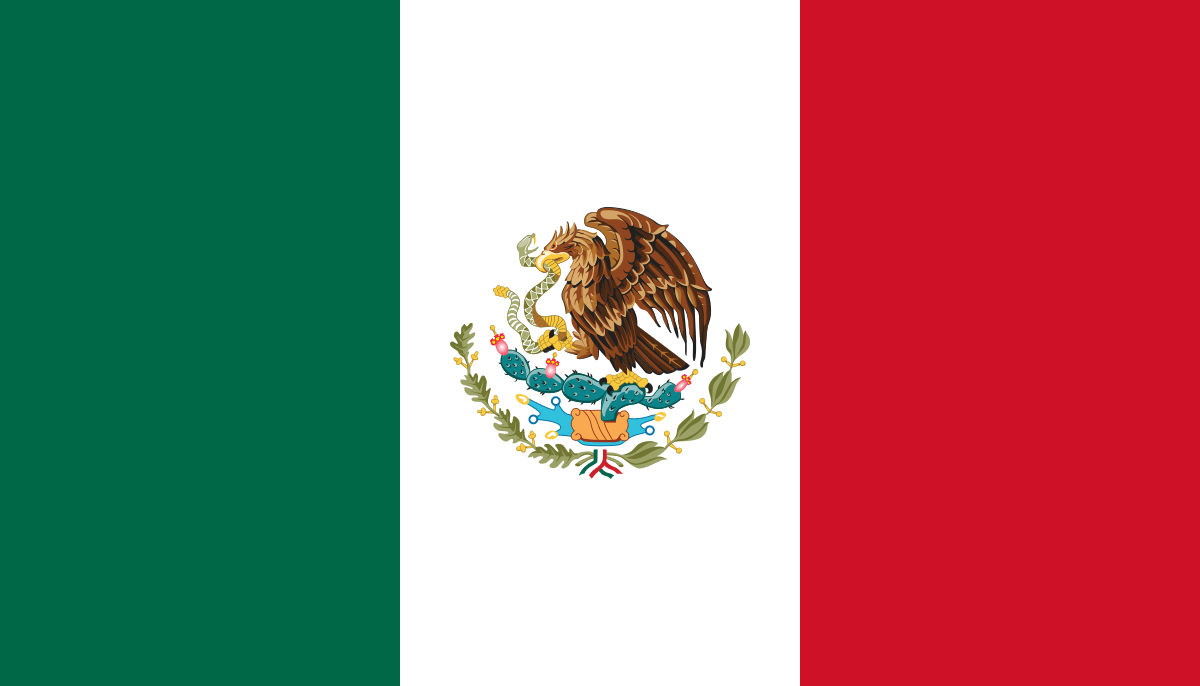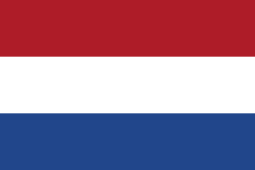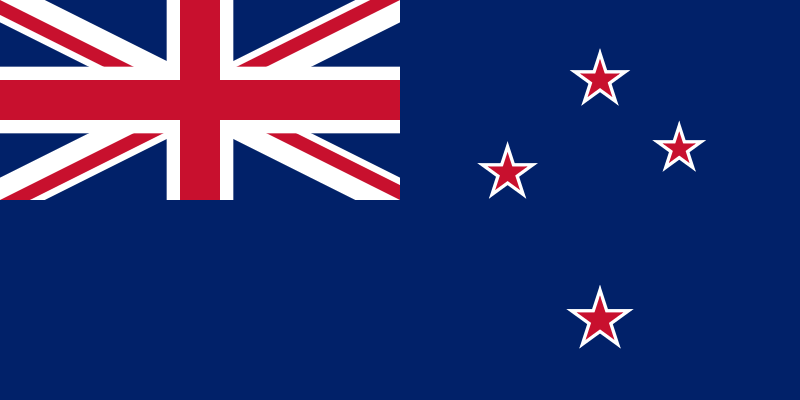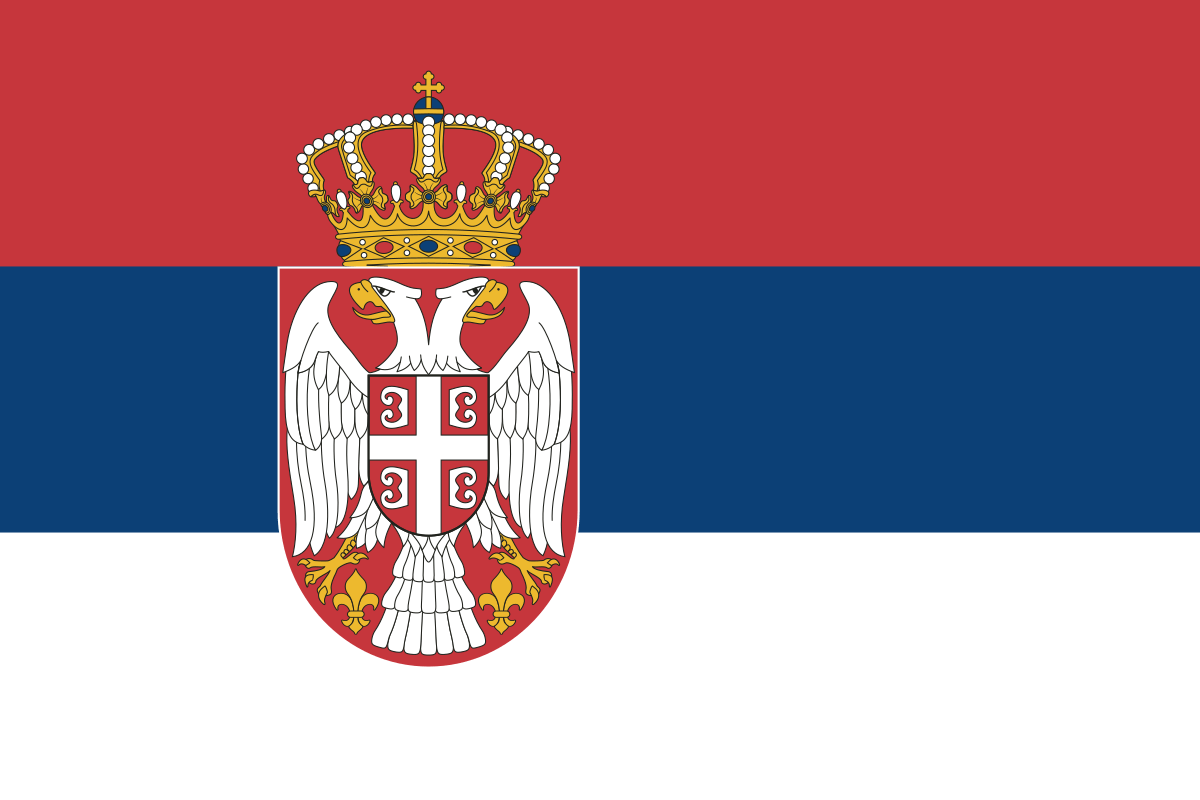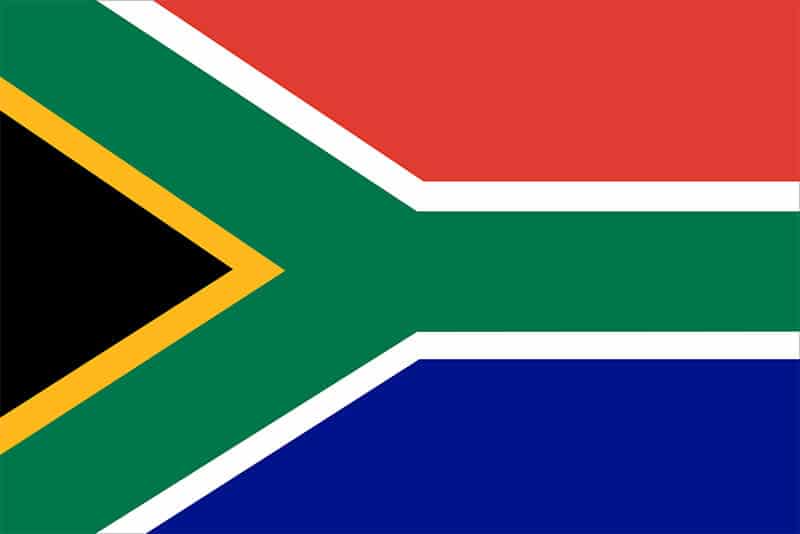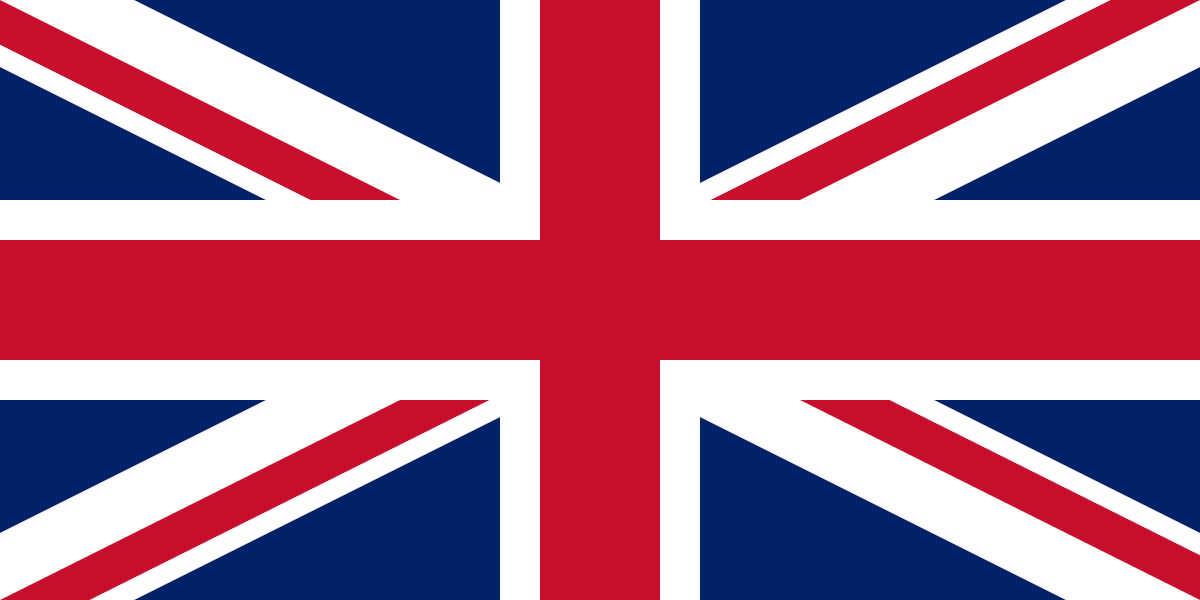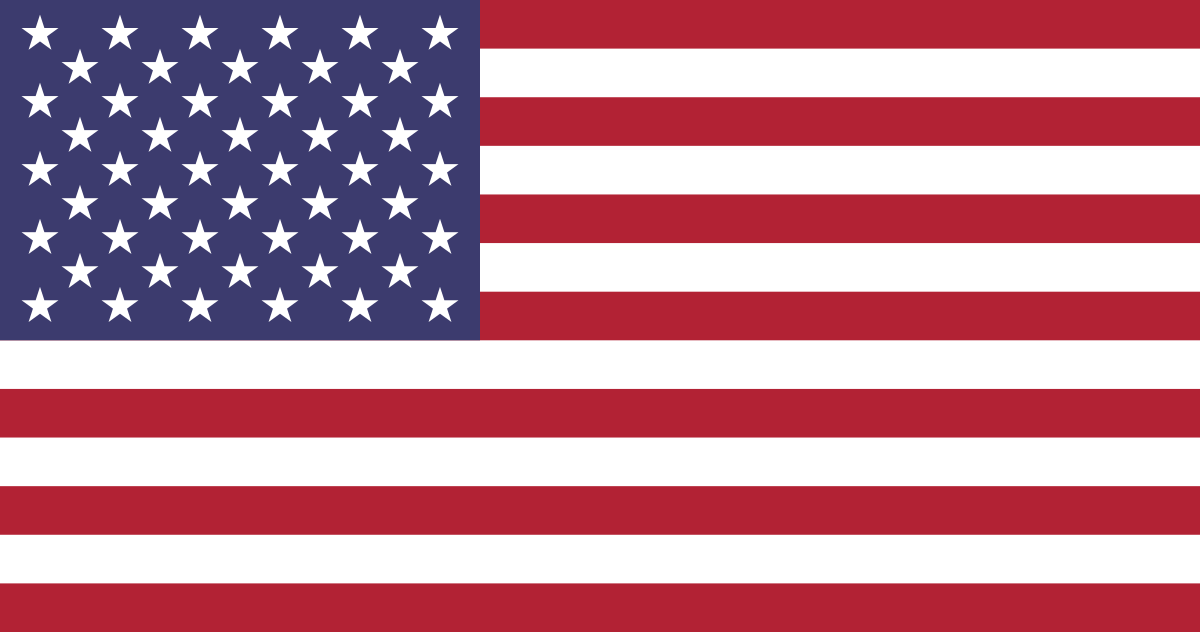FAQs
Study options
All SAE HE and VET courses are government accredited. This means that the qualifications you receive upon graduation are recognised all around Australia and internationally.
You can choose to study most of our courses in a part-time capacity. An SAE course advisor will be able to give you more information about the study options for your chosen course.
Note: Part-time is not available for international students.
In 2021, the Australian Government announced a new provider category in the Higher Education sector, the University College. This category is reserved for the highest performing Institutes of Higher Education.
It recognises high-quality institutions and opportunities to develop course offerings that meet the future needs of students, employers, industry and communities.
In 2023 SAE Creative Media Institute was designated a University College, one of only seven in Australia.
All SAE courses have a focus on practical, hands-on delivery. The amount of practical time you experience during your studies does vary, depending on your course. You will also have opportunities to access campus resources and facilities outside of class time, during campus opening hours.
We carefully design and deliver all our units to help you develop the knowledge you need to be successful in your chosen field of study. Courses and course units at SAE follow best practice teaching and learning.
Certificate
A certificate course serve as an introduction to an area of the creative industries. Potentially a small number of principles or specific skills can be covered during the course. A certificate can also provide broad contextual learning in the creative industries.
Certificates are a great way to gain an introduction to a field of study or learn a skill. Certificate courses can add to your knowledge and your career.
Diplomas
A diploma is niche skills focussed. By undertaking an SAE diploma in animation, audio, film or games, you will develop foundation skills in these specific discipline areas. Students can use the SAE diploma as a pathway to degree level study at SAE and at other Australian tertiary institutions.
Diplomas are a great option for people who haven’t studied before and/or those looking for an alternative pathway to degree level studies.
SAE Diploma courses attract FEE-HELP for Australian students.
Associate Degrees
An associate degree offers a combination of niche skills combined with a greater depth and breadth of theoretical knowledge and analytical skills. An associate degree offers portable skills and develops sustainable, lifelong learning.
Students can use the SAE Associate Degree as a pathway to degree level study at SAE and at other Australian tertiary institutions. SAE Associate Degree courses attract FEE-HELP for Australian students.
Bachelor Degrees
A bachelor degree offers a rigorous combination of niche skills combined with a greater depth and breadth of theoretical knowledge and analytical skills. This knowledge is applicable to both your creative media discipline and the professional world more broadly.
A bachelor degree offers you an entry point to professional work, builds portable skills, and develops sustainable, lifelong learning. Key high learning skills are a requisite of the bachelor degree and graduate study options are available upon completion.
Bachelor degrees are suitable for people looking to develop professional skills and knowledge and to build long-term, successful careers in their industry of choice. SAE Bachelor Degree courses attract FEE-HELP for Australian students.
Successful creative media graduates need both practical skills and theoretical knowledge. It is important to know the “how” and the “why” of your industry. SAE courses are specifically designed to give you practical expertise and a solid theoretical foundation.
SAE has three intakes per year: February, May and September. Short courses and certificates courses may have different intake timings. View our academic calendar for trimester start dates or contact your campus for further information.
Upcoming Open Day details can be found on our Events page.
My application
SAE does not have a minimum ATAR requirement for entry.
A balanced program of subjects in your senior studies is the best preparation for our programs. If you are interested in visual aspects of creative media (animation, graphic design, web design) then visual art is a great preparation. If you are interested in audio production, then music performance or production is ideal. Mathematics is great for games programming. English, especially storytelling and drama, is ideal for filmmaking.
At SAE we consider your creative potential and commitment to the Creative Industries, not just your academic history. Which is why you don’t need a minimum ATAR to study with us.
For domestic student entry requirements click here
For international student entry requirements click here
At SAE we recognise that preparation for study does not always need to be restricted to formal education attainment. Contact us today to discuss your experience-based entry options.
Experience-based entry options are available to both domestic and international students. For further information, request a call back with a course advisor to discuss your experience-based entry options.
You can apply for SAE courses quickly and easily online. Go to our Apply now page for further information.
Enrolment documents do not need to be certified however, please note, at any time, you should be willing and able to provide original documents or original certified copies of supporting documentation. Failure to do so may result in your application being rejected. Requests for the provision of original or certified documentation may also involve asking the relevant tertiary admissions centres, issuing authorities or other relevant organisations for verification.
For documents submitted in a language other than English, an English translation by an accredited translator with a Government body or authorised personnel of the issuing institution must be provided alongside the original document.
Applying for a student visa can be a complicated process. While you are able to do this yourself, an approved SAE Agent can help you with the process. Agents are trained to assist applicants with their university and visa applications.
So long as you meet the entry requirements for the course that you want to study, the Admissions team can assist you in changing your course of study, provided it is before your first census date.
My enrolment
If you wish to defer before you course has commenced, please contact SAE’s admissions team. If you wish to defer after your course has commenced you will be required to contact Student Services at your campus and complete a Cessation of Studies form.
You must withdraw prior to census date in order to be eligible for a refund of tuition fees. If you withdraw after census date, you will incur a debt.
Non-completion of studies does not normally entitle a student to any refund.
The census date is the last day you can withdraw from a unit without incurring any financial or academic penalty for that unit of study. The census date is usually set at 20% of the study period for each trimester and will be published in advance. The census dates are outlined in the SAE’s Fee Schedule.
The maximum time you are able to defer study is 12 months.
After 12 months, your enrolment will be withdrawn and you will be required to complete some steps of the enrolment process again.
Financial penalties will apply to students who leave their courses after the allocated census date. Please contact SAE if you would like to do this as soon as possible on 1800 723 338.
FEE-HELP
FEE‑HELP* is an Australian Government loan scheme that assists eligible fee paying students pay all or part of their tuition fees. It cannot be used for additional study costs such as accommodation or text books. The total amount of FEE‑HELP a person can use is known as the ‘FEE‑HELP limit’.
Once a person begins using FEE‑HELP, the amount of FEE‑HELP they have left to use is known as their ‘FEE‑HELP balance’.
* Terms and conditions apply. For the latest updates regarding FEE-HELP please refer to sae.edu.au/fees
To get a FEE-HELP* loan, you must:
- Be an Australian citizen and study at least part of your course in Australia or be a New Zealand Special Category visa (SCV) holder or permanent humanitarian visa holder and meet the residency requirements. Permanent residents can only get FEE-HELP for approved bridging studies be enrolled in a fee-paying place at a provider that offers FEE-HELP loans be enrolled in an eligible course at your provider by the census date (your provider can tell you if your course is eligible)
- Submit the Request for FEE-HELP loan form to your provider by the census date
- have an available HELP balance.
- Not have undertaken more than 2 years’ worth of higher education study in the last 12 months, unless your provider has assessed you as capable of taking on a higher study load.
- Have a Unique Student Identifier (USI) prior to the first census date to be eligible for FEE-HELP if you are starting a new course in 2022. Applying for a USI is fast and free, and you keep the same USI for life. You can apply for a USI, or check if you already have one, at www.usi.gov.au.
- If you are studying at a non-university higher education provider, you must maintain a pass-rate of 50 percent or above to continue to be eligible for FEE-HELP.
* Terms and conditions apply. For the latest updates regarding FEE-HELP please refer to sae.edu.au/fees
You can borrow up to the combined HELP loan limit to pay your tuition fees. This includes all FEE-HELP, VET FEE-HELP and VET Student Loans and any HECS-HELP loans incurred from 1 January 2022.
For 2022, the HELP loan limit is $109,206.
Your HELP balance is renewable. Any compulsory or voluntary HELP or VSL debt repayments starting from the 2021–22 income year will top up a person’s HELP balance. These repayments will be applied to your HELP balance from 1 July 2022 onwards. Repaid amounts, applied up to the HELP loan limit, may be borrowed for future study.
When you attend university or an approved higher education provider, you can get a FEE-HELP* loan to pay all or part of your tuition fees.
A FEE-HELP loan does not cover costs like accommodation, laptops or text books.
You can borrow up to the combined HELP loan limit to pay your tuition fees. This includes all FEE-HELP, VET FEE-HELP and VET Student Loans and any HECS-HELP loans incurred from 1 January 2020. For 2021, the HELP loan limit is $108,232.
* Terms and conditions apply. For more information regarding FEE-HELP please refer to sae.edu.au/fees
No (unless you have already reached your FEE‑HELP limit). Any previous study you have undertaken, and any other financial debts you may have incurred will not affect your eligibility to access a FEE‑HELP loan. As long as you meet the above eligibility criteria and have enough of your FEE‑HELP balance left to cover your tuition fees, you will be able to access FEE‑HELP.
Remember, the FEE‑HELP limit is a lifetime limit. Any loans used under FEE‑HELP or VET Student L will reduce your FEE‑HELP balance until you have reached the FEE‑HELP limit.
You pay back your HELP debt through the tax system once you earn above the compulsory repayment threshold. The compulsory repayment threshold is different each year.
The compulsory repayment threshold for the 2024-25 income year is $54,435.
The compulsory repayment threshold for the 2023-24 income year was $51,550.
You can make a voluntary repayment to the Australian Taxation Office (ATO) at any time.
Repayment income is calculated from the amounts given on your income tax return for:
- your taxable income;
- reportable fringe benefits (reported on your payment summary);
- total net investment loss (which includes net rental loss);
- reportable super contributions; and
- exempt foreign employment income amounts.
From 1 July 2017, anyone who has a HELP debt, and earns above the minimum repayment threshold, will be required to repay their debt regardless of where they live, whether in Australia or overseas. Visit studyassist.gov.au for more information.
The amount you repay each year is a percentage of your income. The percentage increases as your income increases, so the more you earn, the higher your repayment will be. The ATO will calculate your compulsory repayment for the year and include it on your income tax notice of assessment.
Visit the Study Assist website: studyassist.gov.au
Fees & payments
For information on benefits and eligibility visit the Department of Human Services.
Your tuition fees are due prior to the trimester start date. If you are applying for Fee-Help or VET Student Loans, you must submit the required application form and supporting documents prior to the intake start date.
For information on tuition fees visit the Fee Schedule section of the website.
Pay via our online payment portal
SAE accepts various payment options through the SAE Payment Portal, powered by our official payment partner – Flywire.
This portal allows you to:
- Execute, track and confirm your payment online in a secure portal
- Use familiar payment options from your home country, in 140+ currencies
- Access a 24/7 multilingual customer support team for assistance
- Save on bank fees and ensure the best exchange rates with Flywire’s best price guarantee.
How to make a payment to SAE
- Go to SAE Payment Portal to begin your payment.
- Select the country from where you are paying and your preferred payment method.
- Enter your payment details and confirm your payment booking.
- Receive instructions on how to complete the payment process, depending on your payment method.
- Once payment is made you will have access to real-time payment tracking through email, in-app and text alerts
Watch these videos to find out more about Flywire
How to make a payment using Flywire
How to make an International Bank Transfer using Flywire
Having trouble with Flywire?
Email: [email protected]
Phone: +61 2 8311 4772
International Phone Numbers & FAQs: flywire.com/support
Student Services and Amenities Fee (SSAF)
The maximum SSAF amount students are required to pay is determined by the government and depends on study load.
Please refer the SSAF section on the Fee webpage for full details.
Click here for current values
*SSAF-related Government Guidelines define ‘full-time’ as a study load of 0.25 EFTSL and above (the equivalent of 20 credit points and above), however this may differ to other definitions, such as those used by other government services and SAE.
Liability for the SSAF is based on enrolled study load at each trimester’s census date.
The amount you pay will depend on your enrolled study load at each census date.
The SSAF is a compulsory charge for all students enrolled at SAE.
The payment date or the date that the debt is incurred for SSAF is on census date, however cannot be earlier than the last dates students are able to enrol in a course.
The maximum annual SSAF charge is determined by the government.
The 2025 SSAF for SAE will be up to $365 for full-time students.
Students studying on a part-time basis cannot be charged more than 75% of the maximum amount that the students studying on a full-time basis are charged. The fee may be indexed annually.
The SSAF model allows funding to areas which would not normally be allocated through operational costs or cannot be funded due to legislation or education guidelines It allows SAE to allocate funding to services, facilities and student-focused initiatives that would otherwise be unsupported or unable to go ahead.
Services provided through the SSAF funding are made available to all SAE students, and it is up to each individual student to choose their level of engagement with these services and activities.
SA-HELP is a Commonwealth loan available to eligible students to pay their Student Services and Amenities Fee (SSAF).
Your Student Services and Amenities Fee (SSAF) is not covered under FEE-HELP. However, eligible students may apply for SA-HELP to pay for all or part of the SSAF.
Check your eligibility to apply for SA-HELP.
If you are eligible, you can apply for SA-HELP by submitting a SA-HELP eCAF. To apply for SA-HELP, you will need a Tax File Number (TFN) and Request for a SA-HELP loan form, which SAE will provide (contact your campus Student Services team). Your form must be filled in and to SAE before the census date.
You can get a SA‐HELP loan if you are enrolled in a higher education course. Find out if you are eligible for SA‐HELP at the following website: studyassist.gov.au.
You must also be, on the day the fee is payable, either:
- an Australian citizen
- a permanent humanitarian visa holder resident, or eligible former permanent humanitarian visa holder in Australia
- a NZ SCV holder who meets the long‐term residency requirements.
You must also:
- meet the Tax File Number requirements
- have submitted a valid SA‐HELP eCAF on or before the day the fee is payable
When you haven’t paid or deferred your Student Services and Amenities Fee (SSAF) payment, you can expect to receive reminder notifications following the SSAF payment deadline. SAE reserves the right to withhold your grades or restrict your enrolment in future sessions if you have any unpaid SSAF fees.
Your SSAF is calculated on the unit/s you are studying for each trimester. If you drop a unit before the census date of a trimester it will not be included in calculating your SSAF.
If you are granted withdrawal without academic penalty for any units you drop after the census date of a trimester, SSAF will not be recalculated or refunded.
Enrolled students are eligible for a refund if they withdraw prior to census date. Students cannot get SA-HELP refund once the debt is incurred.
Yes, the Student Services and Amenities Fee (SSAF) Allocation Report detailing the allocation of funds and the impact on student services and amenities is published on the website annually.
The SAE Senior Management Team, in consultation with students and the Student Staff Consultative Committees, will oversee the administration of SSAF.
SAE consults with students and their representatives about priorities for student services and amenities.
SAE will publish identified priorities for proposed expenditure and seek feedback from all students via an annual SSAF survey. Staff will meet with the Student Staff Consultative Committees and other interested students to consider priorities for using SSAF revenue. Students can email feedback, suggestions or questions to [email protected] or call 1300 136 933.
A student is only required to apply for SA‐HELP assistance once for a course of study.
If you change your course, you will need to submit a new SA-HELP eCAF.
Yes, students can choose to pay the fee upfront. Eligible students may pay some of the fee upfront and obtain a SA‐HELP loan for the remainder or obtain a loan for the total fee amount.
An eligible student can take out a SA‐HELP loan even if they do not wish to take out any other HELP loan. Your SA‐HELP debt becomes part of your accumulated HELP debt, appearing as a single amount on your annual HELP information statement.
If you drop a unit before the census date of a trimester, it will not be included in calculating your SSAF.
After the census date, SAE is not permitted to refund SA‐HELP debts incurred by students.
If a student receives a tuition fee refund due to special circumstances, and it is after the date payable for the SA‐HELP loan, you will have recorded a debt with the Australian Taxation Office (ATO). Fees paid upfront will not be refunded or recalculated after the census date.
It is not possible to remove your SA‐HELP debt once it has been incurred.
Yes, SAE will summarise the allocation of funds and the impact on student services and amenities and publish on the website annually.
Following student consultation and advice, SAE will publish on its website the priorities and information on the student services and projects which will be funded. Details for proposed projects can be viewed here.
Student services
SAE is committed to providing equal opportunities for students with disabilities or special learning needs. For more information visit Student Services.
SAE campuses offer “Strong Foundations” programs at each campus and provide bespoke written English and other academic support through the Library and Learning Centers.
Your local student services team will be able to help you.
Student life
This can vary depending on the campus and course. You may, for example, have a larger lecture group for common units, and a smaller tutorial group of 8-15 students. In most cases tutorial sizes average 15 – 30 students.
Students who are well organised find casual or part-time work most manageable.
This is dependant on how many units you study per trimester. You should expect to be on campus one day a week per unit of study. If, for example, you are completing your studies via the full time fast track mode, you should expect to be on campus four days a week.
We always welcome feedback. Any member of SAE staff are happy to hear what you have to say and ensure that this information makes its way to the most appropriate person. Students are also welcomed to provide feedback via our student surveys and Staff-Student Consultative Committees which are held at each SAE campus. SAE students may also become members of the local student council and/or National Student Consultative Committee (NSCC). These bodies provide students with an excellent opportunity to enhance student life. For more information, contact your local local student services team.
My studies
Students can access campus facilities during opening hours. Please contact your campus for timings.
You can have your email password reset by emailing the request through to [email protected]
You have 10 days after the due date to lodge a Special Consideration form. Check out the Student Form page to access the form.
SAE Alumni is a network of SAE graduates. When you graduate, you will have the opportunity to join the global Alumni Association as well as the Australia & New Zealand Alumni Association. See some of our Alumni here.
If you need to provide a medical certificate for any reason, please ensure that you provide this to the Student Services Advisor at your campus.
A full time fast track study load is defined as 40 hours per week. Of this 40 hours you can expect 12-15 hours of face-to-face teaching time. The additional hours of study include collaborative work (i.e. recording sessions) and individual study time.
Visa extensions are subject to approval by the Department of Home Affairs (DHA). If you need to extend your visa, you must apply to SAE for a new electronic Confirmation of Enrolment (eCoE). For information about visa extensions and renewals please visit the extending your stay section of the DHA website.
Facilities & Equipment
You will have access to the facilities and equipment relevant to your course and on which you have been trained.
No, this is not required. Students have access to our campus computer labs for assessment work.
The Byron Bay Campus is the only campus in Australia with onsite accommodation. For information on all other accommodation options visit your campus page.
Opening hours are generally 9.00am–5.00pm. However, each campus may vary their hours of operation. Students do have out-of-hours access to the studios and computer labs. For more information contact your campus.
For information regarding parking at your campus, check out your campus page.
You will use a variety of industry standard and specialised software applications relevant to your study.
Each campus has their own guidelines regarding equipment collection. Please contact your campus directly.
Typically, studios open between 9.00-10.00am. Studio opening hours are different for each campus and can vary throughout the trimester according to demand. Please contact your campus directly for more information on opening hours and studio availability.
Yes – all SAE programs use a learning management system to help you prepare for your classes, reflect upon your learning, submit assessments and collaborate and communicate with your peers. For this reason, we recommend that you have access to high-speed internet access while you are studying.
Disability
It would be best to make an appointment to see a Student Services Advisor (SSA) at your campus as soon as possible. It would be preferable to get the required medical documentation prior to your appointment with the SSA.
Unfortunately, it is very hard to provide adequate support without the required supporting medical documentation.
Unfortunately, without disclosure to the Student Services Advisor (SSA), there this very little that SAE can do to support you throughout your program. The information you provide is collected for the purpose of developing and approving your student access plan and the provision of other required support to assist you to reach your full potential here at SAE.
The SSA will only disclose your personal or health information to other SAE staff upon your consent. Please feel free to contact the SSA to discuss your concerns.
This is a document prepared by the Student Services Advisor in consultation with yourself as the student. Your SAPD is used to document information about the impact of your disability on your studies. It also outlines reasonable adjustments which you can provide to academic staff each trimester.
No. As a student of SAE, support services are provided free of charge.
Commonwealth assistance notices
A CAN includes important information about your enrolment and any HELP debt you have incurred or student contribution amounts you have paid, and also any loan fees you may have incurred. It is important to note your CAN is a statement, not an invoice or a request for payment.
If you have applied for FEE-HELP or VET Student Loan, your CAN will include information on:
- Units of study enrolled in at the census date for that notice
- Census date
- Total equivalent full-time student loan (EFTSL)
- Tuition Fees for your units of study
- The units for which you have received FEE HELP, HECS-HELP or VET Student Loan
- Any upfront payments you have made
- Any FEE-HELP loan fee incurred for undergraduate units of study; and
- Any VET Student Loan fee incurred
Your Commonwealth Assistance Notice is issued electronically. An email with your CAN will be sent to your student email address when this is issued. You will receive a separate CAN for every census date in which you are enrolled.
All subjects with the same census date will be listed together on the one CAN.
You are required to check your CAN for any discrepancies and you have the right to request correction of confirmation.
If you believe your CAN has incorrect enrolment details, e.g you are enrolled in the wrong course or not enrolled in a course you are attending, and/or have incorrect fees, immediately contact the Student Finance Team by email at [email protected].
You have 14 days from the CAN date of issue to contact SAE to request checking of your enrolment and/or calculations.
International students, study & travel
Restrictions vary across Australia. Please check out our page for Planning your arrival or contact SAE via email at [email protected].
To enter Australia you must:
- hold a valid student visa;
- be fully vaccinated with a completed dosage of a vaccine approved or recognised by Australia’s Therapeutic Goods Administration;
- provide proof of your vaccination status with an International COVID-19 Vaccination Certificate (ICVC);
- provide evidence of a negative COVID-19 Polymerase Chain Reaction (PCR) test undertaken within three days of departure;
- complete and submit an online Australia Travel Declaration at least 72 hours before your flight.
You must also comply with any specific quarantine requirements in the state or territory of your arrival, and any other state or territory to which you plan to travel.
Enrolled students
- Ensure they are fully vaccinated with a TGA approved vaccine;
- Contact their travel agent and start looking into their travel arrangements to Australia;
- Understand their local COVID-19 testing arrangements;
- Understand how to get relevant travel exemptions (if required).
Prospective Students
- Select their course
- Submit your application
- If successful, pay your OSHC and first tuition instalment;
- Apply for a student visa.


